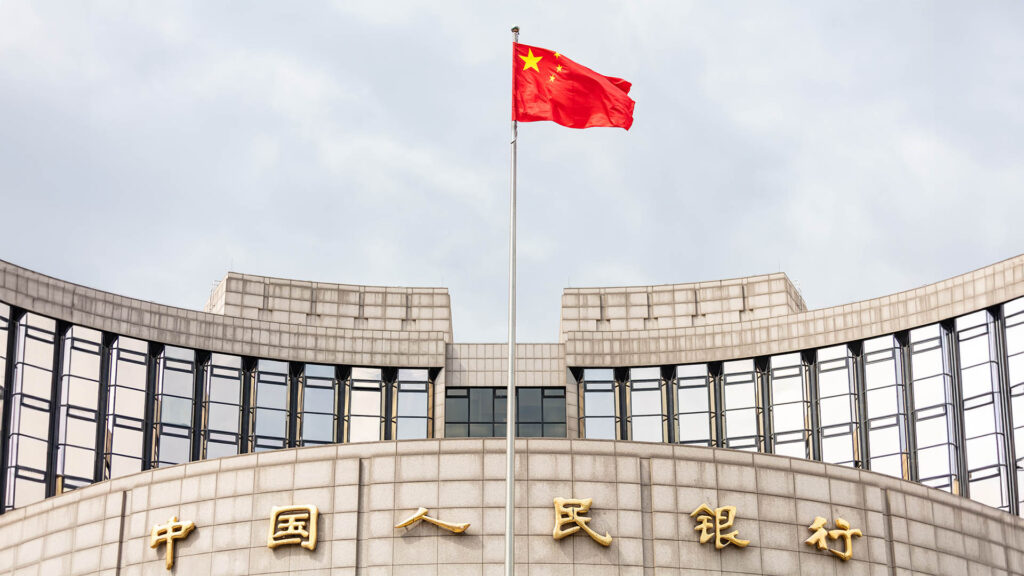Once again, China’s central bank has missed the opportunity to cut a key interest rate to help support an economy that continues to stutter, despite the mistaken belief that better-than-expected exports (as seen in May) indicate a stronger economy.
Hours before the last of the May economic data was released on Monday, the People’s Bank of China (PBoC) pumped more than $25 billion (182 billion yuan) via its one-year medium-term lending facility (MLF) while maintaining the interest rate at 2.50%, as expected.
The MLF is the key pricing rate for the economy, and the 2.5% rate is a record low, symptomatic of just how resistant the Chinese economy is to very easy monetary policy—unlike much of the West.
Thursday will see the three- and five-year prime loan lending rates set for the next month. While the five-year rate was trimmed earlier this year by 0.25% (the biggest rate move in China so far), there are few forecasts of a repeat this week after the MLF was left steady.
The decision to leave the MLF unchanged came ahead of National Bureau of Statistics data for May showing a solid rise in retail sales from April but weak investment (thanks to the property crunch) and weak production growth. China’s retail sales beat expectations in May, climbing 3.7% compared with a year ago (when they jumped a massive 12.7% after lockdown restrictions were finally eased).
On Monday, the National Bureau of Statistics took the rare step of releasing data on the total retail sales of consumer goods, which reached 3.92 trillion yuan ($540.32 billion) in May. Sales in urban areas were up 3.7% year-on-year, and sales in rural areas climbed by 4.1%.
The rise topped expectations of a 3% increase and the 2.3% rise in April, which has turned out to be the weakest month so far this year.
However, industrial output and fixed asset investment missed forecasts. Industrial output grew by 5.6% year-on-year, compared to the 6% increase expected, while fixed asset investment rose 4% compared to last May, just shy of the 4.2% forecast.
The miss in fixed asset investment was dragged by a steeper drop (3.9%) in real estate investment. The NBS said that excluding real estate, total fixed asset investment was 8.6% higher compared to last May.
Separately, the urban unemployment rate held steady at 5% in May, unchanged from April and 0.2 percentage points lower than in May last year.
Exports in May were up a much better 7.6%, but imports were weaker than expected, showing growth of only 1.8%.
Consumer inflation was unchanged, but producer price deflation eased significantly. Output and sales of new energy vehicles (BEVs and Plug-in Hybrids or PHEVs) were stronger than in April, but lending by major banks and other groups fell short of forecasts.
Outstanding yuan loans rose by 9.3% in May from a year ago, the slowest increase on record since 1978 for the month, but still higher than the very low figure for April.

